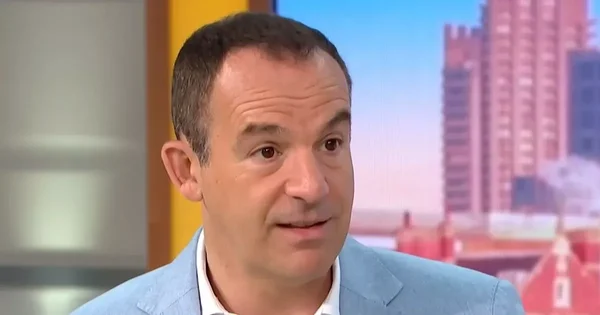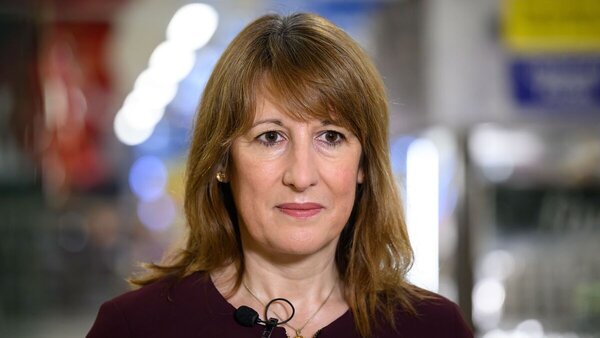Let’s Get Started...
Gift Aid might not sound exciting, but if you give to charity, and especially if you pay higher-rate tax, it can put real money back in your pocket. By understanding a few simple rules, you can boost the value of your donations and trim your tax bill at the same time.
This guide explains everything you need to know about claiming Gift Aid on your UK Self Assessment for 2024/25, from how it works to common mistakes to avoid.
What is Gift Aid and why should you claim it?
Gift Aid means a UK tax relief scheme that allows UK registered charities to claim an extra 25p for every £1 you donate, making it a tax-efficient way to support charities through the Gift Aid scheme.
When donating through Gift Aid, both donors and charities benefit, charities receive extra funds at no additional cost to you. By ticking the Gift Aid box, you’re confirming to HMRC that you pay income tax or pay tax in the UK, and the charity can claim the tax you’ve already paid. Gift Aid applies to donations to UK and donations to UK registered charities, including Community Amateur Sports Clubs (CASC).
The tax claimed by the charity is net of basic rate, meaning the basic rate tax is claimed by the charity directly from HMRC. For example, if you donate 100 to charity, this becomes a gross gift aid donation of £125, as the charity claims back the basic rate tax from HMRC.
If you pay a higher rate tax or additional rate of tax, you can personally claim further tax relief through your Self Assessment tax return. The rate of tax you pay determines how much extra relief you can claim from HMRC. Higher and additional rate taxpayers can claim back the difference between their rate and the basic rate already claimed by the charity.

How to claim Gift Aid on your Self Assessment tax return
Log into your HMRC online account and start your Self Assessment tax return. To claim Gift Aid relief, you need to complete a self assessment. Look for the “Tax reliefs” section, which is where Gift Aid donations are declared.
In the Gift Aid section, enter the actual amount you donated, not the amount including Gift Aid. If you gave £800 to charities during the tax year, that’s the figure you enter on the tax return you normally submit.
You’re only claiming the higher or additional rate relief here. The basic rate relief (20%) is claimed directly by the charity, so you don’t need to worry about that bit. Gift Aid donations can also extend your basic rate band, which may reduce the amount of your income taxed at the higher rate.
Don’t include donations made through a payroll giving scheme here. These are already taken care of elsewhere on your return.Claiming through your tax return allows you to get tax relief sooner, rather than waiting for the standard process.
Make sure you only include donations from the relevant tax year. Or those you’re carrying back from the following year, which we’ll explain shortly.
Who can claim Gift Aid tax relief?
Anyone who pays UK income tax or capital gains tax can make Gift Aid donations. You need to have paid enough tax to cover the amount that charities will reclaim on your donations. If you receive income from sources such as a pension provider or rental income, you may need to complete a Self Assessment tax return and can claim Gift Aid on your donations.
Higher rate (40%) and additional rate (45%) taxpayers benefit most from claiming Gift Aid. They can reclaim the difference between their tax rate and the basic rate. HMRC may adjust your tax code to reflect Gift Aid tax relief, especially for higher rate taxpayers.
Even basic rate taxpayers should declare Gift Aid donations on Self Assessment. This is especially important if your income is close to the higher rate threshold.
Self-employed people and those with multiple income sources should pay particular attention to Gift Aid claims. These can help reduce your overall tax bill.
Carrying back Gift Aid donations to the previous tax year
Sometimes, you might want to claim Gift Aid tax relief for a donation made in the current tax year on your previous year’s self assessment tax return. This is known as “carrying back” Gift Aid donations, and it can be especially useful if you were a higher rate taxpayer in the previous year but are now a basic rate taxpayer.
To carry back Gift Aid donations, you must have made the donation in the current tax year, and you need to have paid enough tax in the previous tax year to cover the amount the charity will reclaim. You must make this election in your original self assessment tax return for the previous year, and it must be done before the filing deadline (usually 31 January following the end of the tax year).
For example, if you make a Gift Aid donation after 6 April but want the tax relief to apply to the previous tax year, you can elect to carry it back, provided you haven’t missed the self assessment tax return deadline.
This can help you maximise your tax relief, especially if your income or tax rate has changed between tax years. Remember, once the tax return deadline has passed, you can’t carry back donations to a previous year, so plan ahead if you want to take advantage of this option.

Cancelling a Gift Aid declaration
If your circumstances change and you no longer pay enough tax to cover the Gift Aid claimed by charities, you may need to cancel your Gift Aid declaration to avoid unexpected tax bills. Cancelling a Gift Aid declaration is straightforward: simply notify the charity, and the cancellation will apply to any future donations you make from the date you specify.
It’s important to note that you cannot normally cancel a Gift Aid declaration for donations you’ve already made, those will still count for tax relief and the charity will have already claimed the tax. However, if you made an oral Gift Aid declaration, you have a 30-day window after receiving a written statement from the charity to cancel it retrospectively.
By cancelling your Gift Aid declaration, the charity will no longer be able to reclaim tax on your future donations, and you won’t be able to claim tax relief on those gifts in your self assessment tax return.
If you expect your income to drop or you’re no longer a UK taxpayer, it’s a good idea to review your Gift Aid status to ensure you don’t end up owing HMRC for tax relief that can’t be covered. Always keep the charity informed of any changes to your tax situation to keep your giving tax efficient and hassle-free.
Keeping proper Gift Aid records
Good record-keeping makes claiming Gift Aid much easier. Save all your donation receipts, charity emails and Gift Aid declarations in one place.
Most charities will send you an annual statement of your donations if you ask. This can be really helpful at tax return time.
If you donate regularly to the same charities, set up a simple spreadsheet to track your giving throughout the year. I learned this the hard way after spending hours hunting for receipts in my first year as a higher-rate taxpayer.
For one-off donations, take a quick photo of the receipt with your phone. Having a digital record makes tax time much less stressful.
Common Gift Aid mistakes to avoid
A common error is claiming for donations where you forgot to tick the Gift Aid box. The charity needs your Gift Aid declaration to claim the tax relief.
Another mistake is claiming when you haven't paid enough tax to cover the Gift Aid. The tax you've paid needs to at least equal the Gift Aid claimed by charities.
Some people forget about the timing rules. Donations made after 5 April count for the new tax year, unless you specifically elect to carry them back.
Don't claim for donations made by someone else, even if it's your spouse or partner. Gift Aid must be claimed by the person who actually made the donation.

Special Gift Aid circumstances
You can carry back donations made between 6 April and the date you file your tax return to the previous tax year. This is useful if you were a higher rate taxpayer last year but not currently.
For donations of land, property or shares, different rules apply. These are claimed as "gifts of qualifying investments and property to charity" rather than under Gift Aid.
Gift Aid donations can sometimes push you into a lower tax band if your income fluctuates around the higher rate threshold. This might affect how much you can claim back.
For married couples or civil partners, Gift Aid follows the person who makes the donation, not joint taxpayers. Plan your giving accordingly if one of you pays a higher tax rate.
Final Thoughts
Claiming Gift Aid through your Self Assessment is a win-win. Charities get extra money, and you get tax relief if you're a higher or additional rate taxpayer.
The process is straightforward once you know how it works. Keeping good records throughout the year is key to making it stress-free.
Remember that the deadline for online Self Assessment submissions is 31 January following the end of the tax year. Don't leave your Gift Aid claims until the last minute.
Pie tax: Simplifying Gift Aid Claims
Getting your Gift Aid claims right shouldn't feel like solving a puzzle. The UK's first personal tax app makes it simple to track and maximise your charitable tax relief.
Pie tax automatically monitors your donations throughout the year. It calculates your potential Gift Aid relief in real-time so you can see the tax impact of your generosity.
For higher rate taxpayers especially, these savings can add up quickly. They put money back in your pocket while supporting causes you care about.
Want to see how much you could save? Explore Pie tax today to take the headache out of your charitable tax claims.











